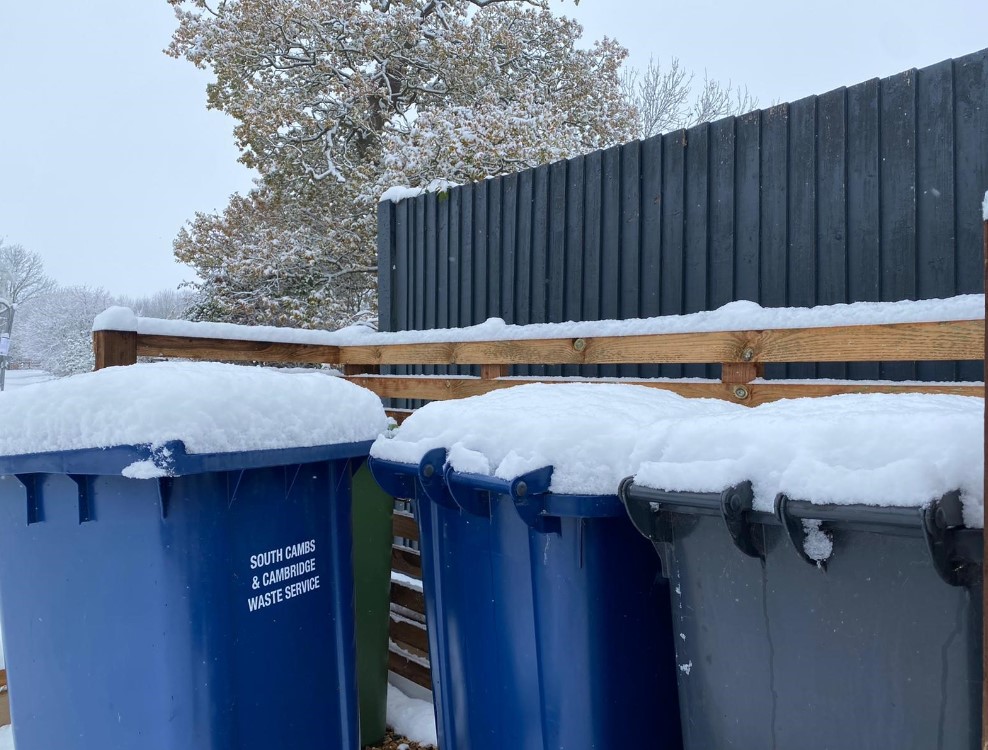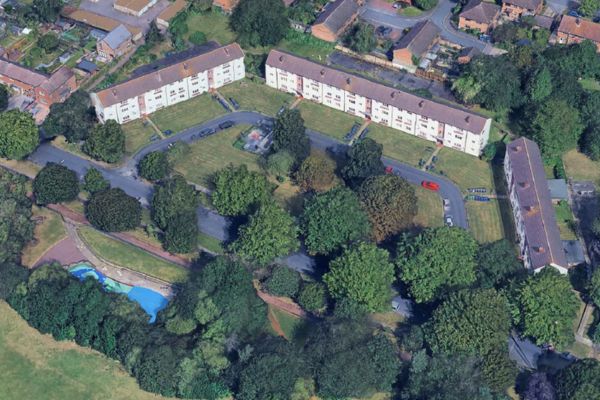If you are eligible to vote and have registered to do so, you'll receive a poll card about four weeks before an election.
The poll card shows the date of the election, which polling station to use, the hours it's open and any deadlines for applying to vote by post or proxy.
If you think you will not be able to get to your polling station on election day, you can apply to vote by post or appoint a proxy to vote on your behalf.
If you already have a postal or proxy vote but want to switch back to voting in person, you will need to write to us at the address below. We need you to provide a signature so that we can check it against your original application.
At the polling station
- Polling stations are open from 7am until 10pm on polling day.
- You do not have to take your poll card with you to vote, but it can save time if you do.
- When you arrive at the polling station, go to the issue desk and tell the staff your name and address.
- When staff have confirmed that you are registered to vote and in the correct polling station, show the staff your photo ID. You can ask to do this in private if you wish.
- You will be given your ballot paper(s), which will show the candidates and their political parties or state if they are an independent candidate.
- If you need help or are confused about what to do, ask the polling station staff for assistance. They are there to help.
- If you need help to mark your ballot paper, you can take a companion with you. You must tell the staff if you wish to do this, as they need to record the details of anyone who has not marked the ballot paper themselves.
- You can also ask the officer in charge of the polling station, known as the Presiding Officer, to help you vote. They will also keep a record of who they have marked a ballot paper for.
- If you or someone you know has a disability, you can take someone you trust to help you or you can ask the staff to help you. You can use your own device to assist you in the polling booth or ask to use the tactile voting device provided.
All elections held in Cambridge use the first-past-the-post voting system. When you get your ballot paper:
- The top of the ballot paper will tell you how many candidates you can vote for.
- Go to a polling booth so that you can make your vote in secret. You must not let anyone else into the polling booth with you or see you mark the ballot paper.
- Put an X next to the candidate or candidates you want to vote for, fold your ballot paper in half and put it in the ballot box.
- If you make a mistake, you can ask for a replacement ballot paper (your spoilt paper does not go into the ballot box).
- When the votes are counted, the candidate with the most votes is elected.
Tellers – the people outside the polling station
You may sometimes see people sitting outside the polling station. These are known as 'tellers' and are there on behalf of a candidate or political party.
They are not an official part of the election process, but they are allowed to ask you for your details as you leave the polling station after you have voted. You do not have to give them the information.



